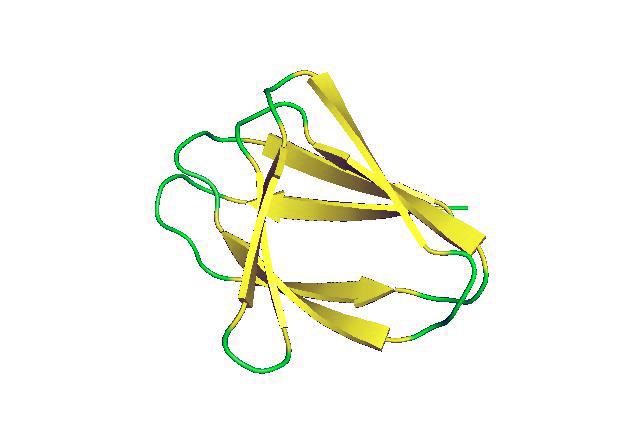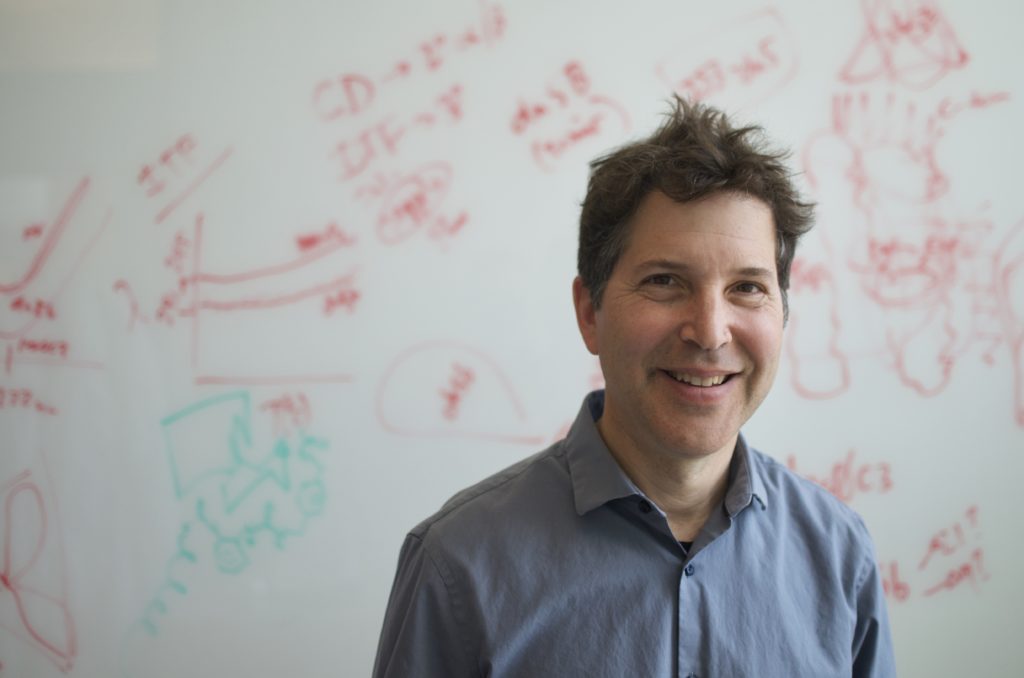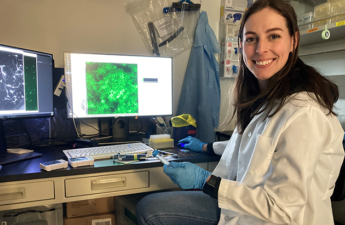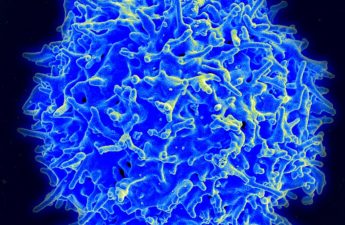Award will be used to create new vaccines, therapeutics and nanomaterials from computer-designed proteins made from scratch.

The Institute for Protein Design at the University of Washington School of Medicine in Seattle has been awarded $45 million from the Audacious Project. It is the largest award the institute has ever received.
The Audacious Project pools the support of major philanthropies to fund bold initiatives to address major global problems.
The Bill & Melinda Gates Foundation, MacArthur Foundation and Craig & Susan McCaw Foundation are just some of the Audacious Project’s supporters.
The project grew out of the TED Prize, which was organized by TED, the non-profit that produces the popular TED Talks video series.
The UW institute will use the funds to establish a core team of software engineers to work with scientists to advance protein design software, add three new tenure-track professors and five acting instructors to the institute’s team, support 45 additional postdoctoral fellows, graduate students and staff scientists from around the world.
The Audacious investment will also fund the equipment, supplies, and laboratory space needed to design, build, and characterize millions of synthetic proteins,
David Baker, the institute’s director as well as a UW School of Medicine professor of biochemistry and Howard Hughes Medical Institute investigator, said the goal of the initiative is to create a “Bell Labs of protein design,” referring to the Bell Telephone Laboratories.
Bell Lab scientists and engineers are credited with inventing such technologies as the transistor, the laser and the charged-couple device as well as the Unix operating system and the programming languages C and C++.
“We hope to attract the best and brightest in the world to the IPD hub to work on what we believe is going to be a protein-design revolution,” Baker said.

IPD researchers use computer software to design entirely novel proteins from scratch. These custom-designed proteins cannot only perform many of the functions of naturally occurring proteins but can perform entirely novel functions that naturally occurring proteins cannot.
“For many years, when protein researchers wanted to solve a problem, they looked to nature for a protein that did something close to what they wanted and then they would try to make small changes to it,” Baker said. “It’s similar how our stone-age ancestors developed their technology: if you wanted to dig a hole you went looking for a bone that was roughly the right shape and you sharpened it a bit.”
“What we do at the institute is first determine what a protein needed to do a certain task would look like, say to serve as an enzyme, and then, using the Rosetta computer software developed at IPD, identify the amino acid sequence that will give us a protein that can do that task,” he said.
The approach allows researchers to move beyond the limitations of proteins that were created by evolution over millions of years of trial and error, Baker said.
In recent years, IPD researchers have developed such promising therapeutics as a miniprotein that can neutralize the flu virus, an enzyme that degrades gluten in the stomach and which is now in clinical trials as a potential treatment for celiac disease, and a first-of-its-kind nanoparticle vaccine candidate for respiratory syncytial virus (RSV), which is second only to malaria as a cause of infant mortality worldwide.
IPD will use the Audacious Project funds will be used to address five main challenges
- The development of a “universal” flu vaccine to protect against all strains of influenza.
- The development of drugs for chronic pain and neurogenerative disease, including the development proteins incorporating amino acids found in naturally occurring proteins, which will give the proteins novel properties and capabilities.
- The development of precision protein “delivery vehicles” that will transport genetic therapies only to cells needing treatment.
- The development of new developing “smart” proteins capable of determing whether a cell is healthy or diseased so that only targeted cells are treated.
- Enlisting nanoscale patterning to create to create nanomaterials of unusual strength and flexibility and capable of performing such functions as the capturing and storing solar energy.


